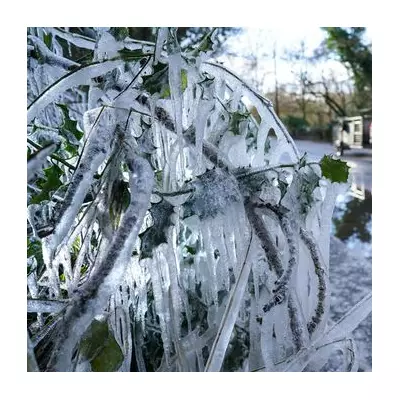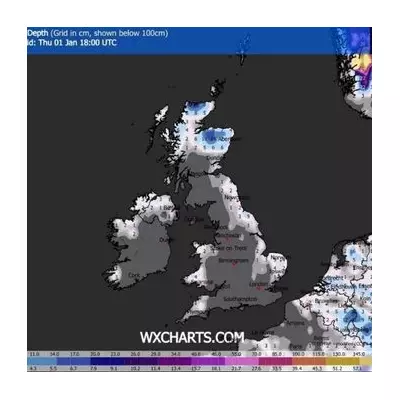
This week, the Australian night sky will host a breathtaking double feature as two meteor showers – the Delta Aquariids and the Alpha Capricornids – reach their peak activity. Unlike many astronomical events that require telescopes or binoculars, these showers will be visible to the naked eye, offering a rare opportunity for casual observers to enjoy a cosmic light show.
When and Where to Look
The celestial display will be most visible from Tuesday evening through Thursday morning, with the best viewing times between midnight and dawn. While the showers can be seen from anywhere in Australia, those in rural areas with minimal light pollution will enjoy the most spectacular views.
Delta Aquariids: The Reliable Performer
The Delta Aquariids, active from mid-July to mid-August, typically produce about 20 meteors per hour at their peak. These fast-moving meteors often leave persistent trails as they burn up in Earth's atmosphere.
Alpha Capricornids: The Wild Card
The Alpha Capricornids, while producing fewer meteors (about 5 per hour), are known for creating bright fireballs that can outshine even the brightest stars. These slower-moving meteors often produce dramatic, colorful explosions.
Viewing Tips for Maximum Enjoyment
- Find a dark location away from city lights
- Allow your eyes 20-30 minutes to adjust to the darkness
- Lie back on a blanket or reclining chair for comfort
- Look toward the northeastern sky for best results
- Be patient – meteor showers are unpredictable
Astronomers note that this year's viewing conditions are particularly favorable, as the waxing crescent moon will set early, leaving dark skies perfect for meteor spotting. The showers coincide with warm winter nights across much of Australia, making for comfortable viewing conditions.
While these showers originate from different comets (the Delta Aquariids from Comet 96P/Machholz and the Alpha Capricornids from Comet 169P/NEAT), their simultaneous peak creates a unique opportunity to compare their distinct characteristics side by side.





